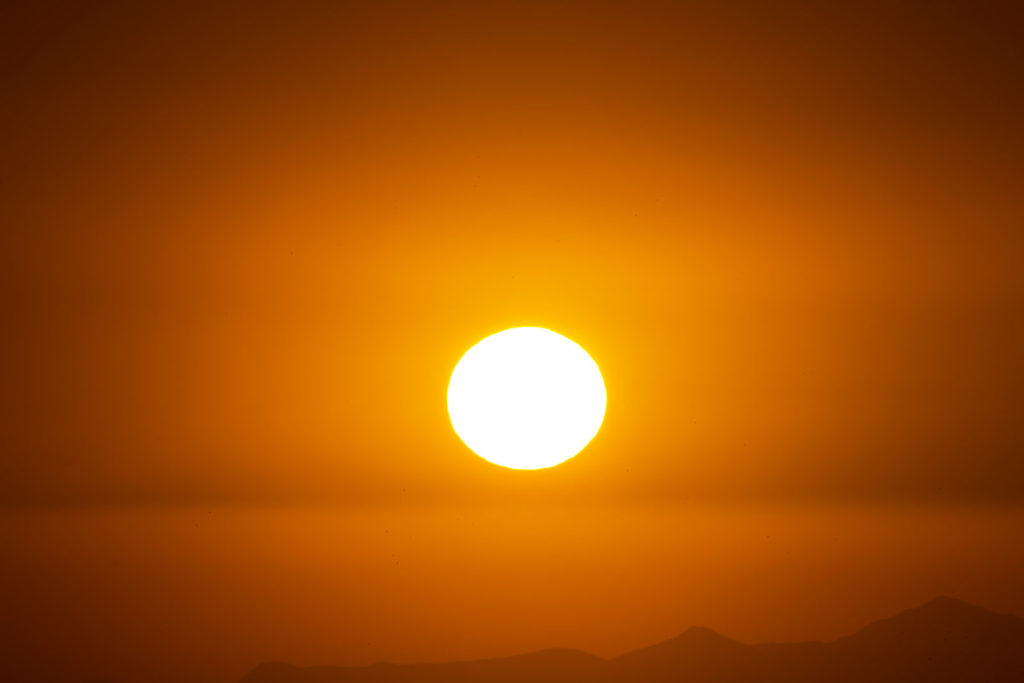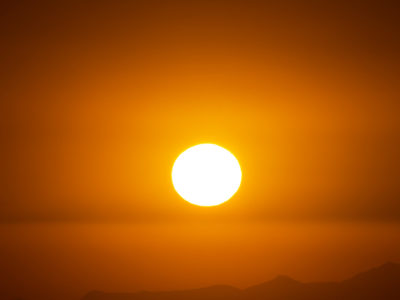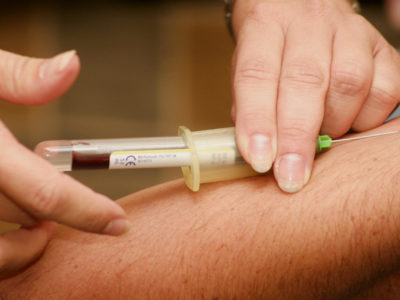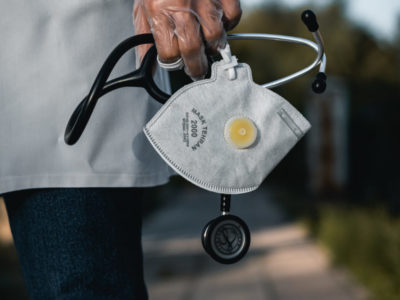
The mosquito is the world’s deadliest animal for humans. These insects can transmit certain pathogenic organisms such as malaria, Zika virus, yellow or Nile fever, dengue, chikungunya virus. But for coronavirus it doesn’t look like this. First of all, we know that covid-19 is concentrated mainly in the human airways and not in the blood, which the mosquito sucks during the bite. Second, the anticoagulant enzyme (which the mosquito uses to suck blood more easily) denatures and often destroys the envelope (capside) of aspirated viruses.
The coronavirus then, like Hiv and Ebola, is not able to survive within the mosquito, then harbors in its salivary glands and is inoculated at the next bite. Viruses that survive within the mosquito can do this because they are able to infect the cells that line the insect’s intestine and then reach its salivary glands. This process takes several days and the life of the mosquito is short and not as long as the virus would take to do this whole process.
Will Coronavirus survive the heat?
Many respiratory viruses fade with the summer. This is due to the temperatures that cause fomiti droplets (salt, sneezing, cough, etc.) to carry the virus into the environment. This mechanism has been known to virologists for decades, and explains why all respiratory viral infections are highly seasonal with a preference for winter.
Secondly, it must be considered how much the climatic temperature acts directly on the Coronavirus. According to the latest technical report from the Higher Institute of Health, Covid-19 can be detected “up to seven days at 22 degrees, or up to one day at 37 degrees. After 30 minutes at 56 degrees and after 5 minutes at 70 degrees ”, with some differences depending on the surfaces or the type of air and contamination.
These are the reasons why Coronavirus seems to prefer a cool and dry climate over countries with a hot and humid climate. It should be noted, however, that some of these studies are only “observational” and that other research denies a dependency between atmospheric temperature and virus transmission. However, it is undeniable that geographical areas that had average temperatures above 18 degrees between January and March now represent less contagion than in colder areas.
The reasons may be the ones mentioned above, but also related to the fact that in the summer the contacts can occur more often outdoors and not in closed places where the viral load is higher. Sylvie Briand, director of the Department of Infectious Risk Management at the World Health Organization (WHO), also said that “heat and outdoor life could limit contagion.”






